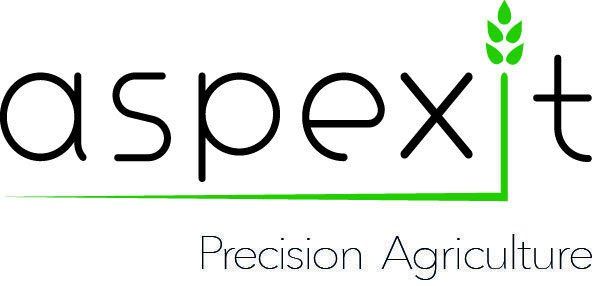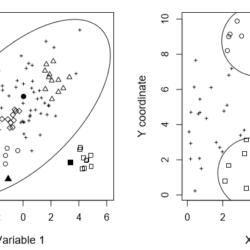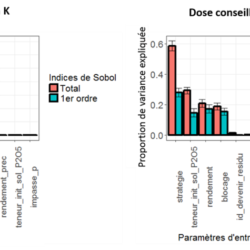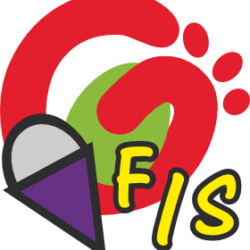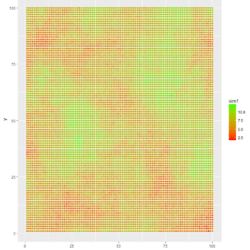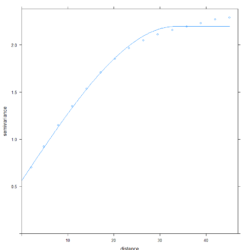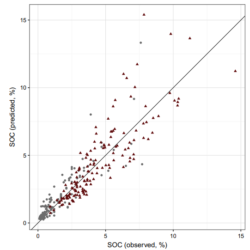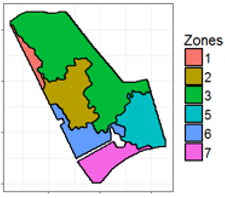Outliers, abnormal data, Let’s take a look at the situation
Few will tell you that their data is all pretty and clean and can be used as is in decision models… That’s a fact. When a dataset is collected, no one is immune to the risk of biased or outliers coming up and disrupting the quality of the data. And there are plenty of sources Read more about Outliers, abnormal data, Let’s take a look at the situation[…]
